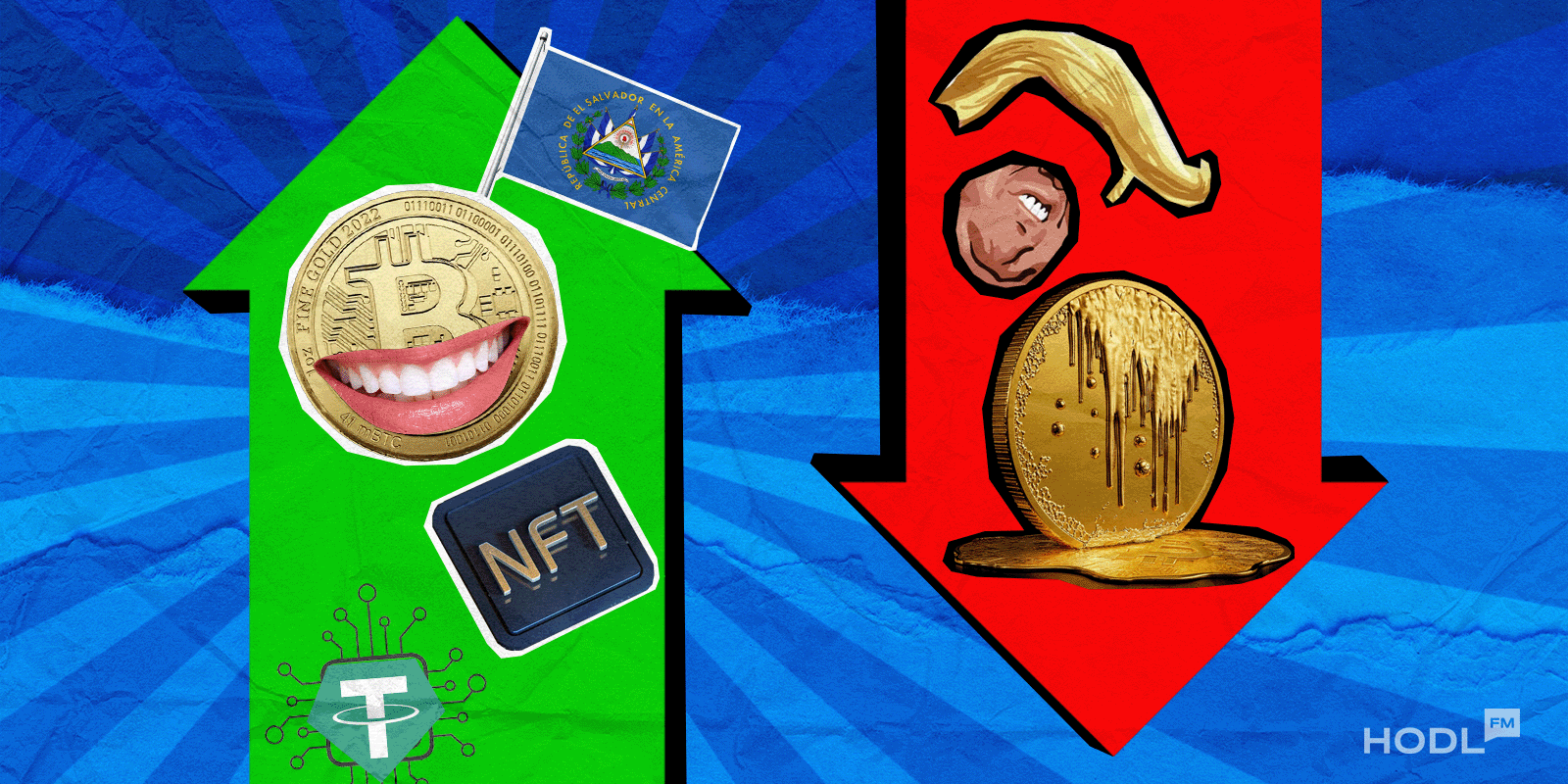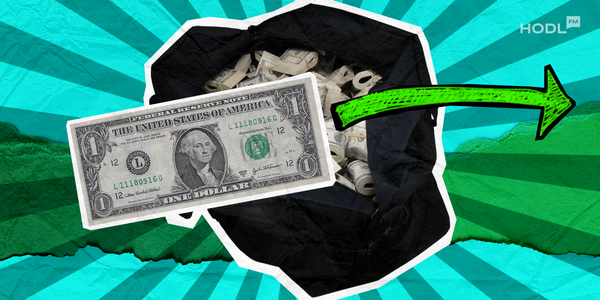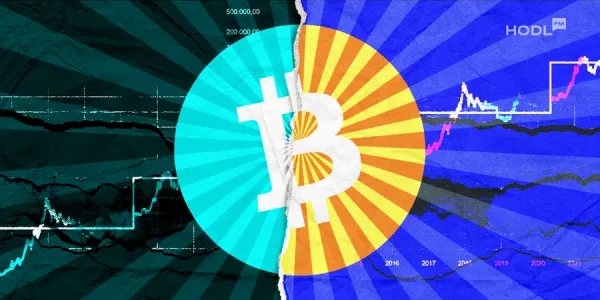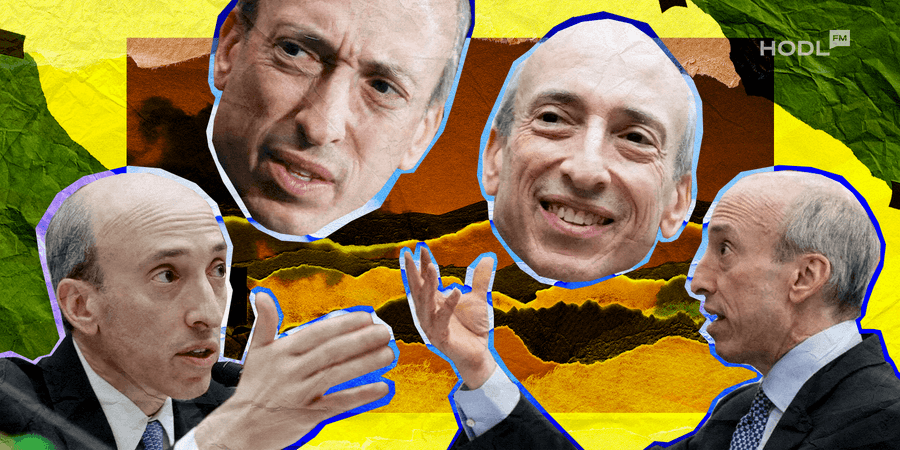Bitcoin briefly fell below $110,000 before staging a rebound on Thursday, as traders digested the dual impact of U.S. monetary policy shifts and a surprise thaw in trade relations between Washington and Beijing.
The recovery came hours after President Donald Trump and Chinese President Xi Jinping concluded talks that yielded a “favorable outcome,” according to remarks Trump made aboard Air Force One. He described the deal as a one-year agreement set to be extended later, adding that issues over rare earth exports, previously a flashpoint between the two nations had been resolved.
In a notable development, Trump announced that U.S. tariffs on Chinese goods would be reduced from 57% to 47%, a move seen as easing tensions that have weighed on global markets for months.
Altcoins and broader markets echo the cautious tone
Bitcoin, which had already been under pressure following Wednesday’s Federal Reserve decision, briefly dipped to $108,000 before bouncing back toward $111,000.
The overnight slide was largely attributed to Fed Chair Jerome Powell’s cautious tone, as he downplayed the certainty of a rate cut in December disappointing traders who had been betting on more aggressive easing.

Altcoins followed suit. XRP and Dogecoin led losses with declines near 4%, while Ether, Solana, BNB, and Cardano each shed around 3%. Futures tied to the S&P 500 also traded lower, while the dollar index held firm around 99.00, signaling continued risk aversion across traditional markets.


According to reports from the BBC, Trump left South Korea following the talks without providing additional details on the agreement, merely noting that both leaders “shook hands before departing.” Expectations had been running high earlier in the week, as Trump hinted that a trade deal was imminent after months of escalating tariff threats and China’s tightening control over rare earth exports.
He also confirmed plans to visit China in April, with Xi expected to make a reciprocal trip to the United States thereafter.
Fed’s rate cut and end of QT signal easier liquidity ahead
The market’s broader focus, however, remains squarely on monetary policy. On Wednesday, the Federal Open Market Committee lowered its benchmark interest rate to a range of 3.75%–4%, marking a decisive shift toward easing after two years of tightening.
The central bank also announced plans to end its balance-sheet runoff, known as quantitative tightening on December 1.
These two policy decisions strike directly at the heart of crypto’s macro environment. Lower rates tend to compress real yields, prompting investors to rotate out of cash and into higher-risk assets, including Bitcoin. Meanwhile, halting quantitative tightening effectively reintroduces net liquidity into the system, easing stress in banking reserves and potentially deepening order-book liquidity across crypto exchanges.
Liquidity, risk appetite, and the path forward for crypto markets
Still, the bigger variable remains geopolitics. Should the U.S.-China agreement hold and tariffs continue to decline, global risk sentiment could strengthen further, amplifying the Fed’s dovish pivot and possibly pushing Bitcoin back toward $115,000 in the near term.
Conversely, if negotiations stall or tensions resurface, the dollar could firm and investors may unwind recent crypto longs, inviting renewed volatility.
For now, crypto markets appear to be stabilizing after an eventful October. The alignment of softer monetary policy and easing trade frictions offers a rare window of optimism, but whether this “soft landing” narrative endures will depend on how effectively liquidity translates into sustainable demand across digital assets.
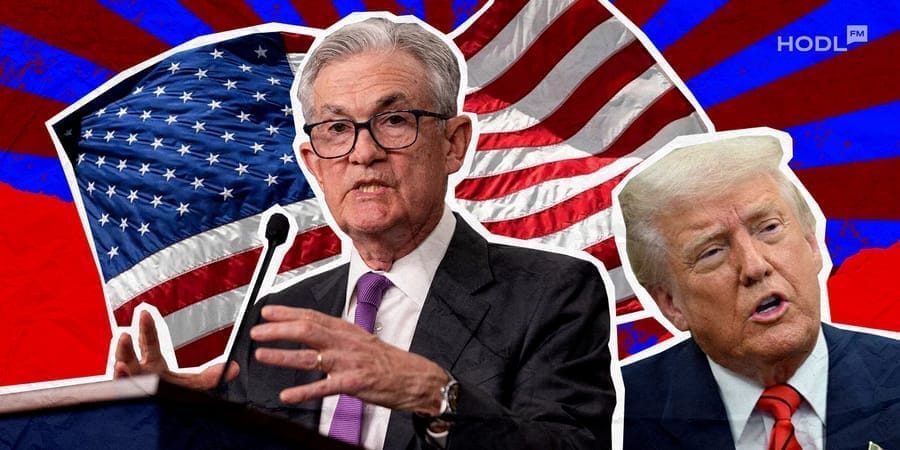
Disclaimer: All materials on this site are for informational purposes only. None of the material should be interpreted as investment advice. Please note that despite the nature of much of the material created and hosted on this website, HODL FM is not a financial reference resource, and the opinions of authors and other contributors are their own and should not be taken as financial advice. If you require advice. HODL FM strongly recommends contacting a qualified industry professional.
